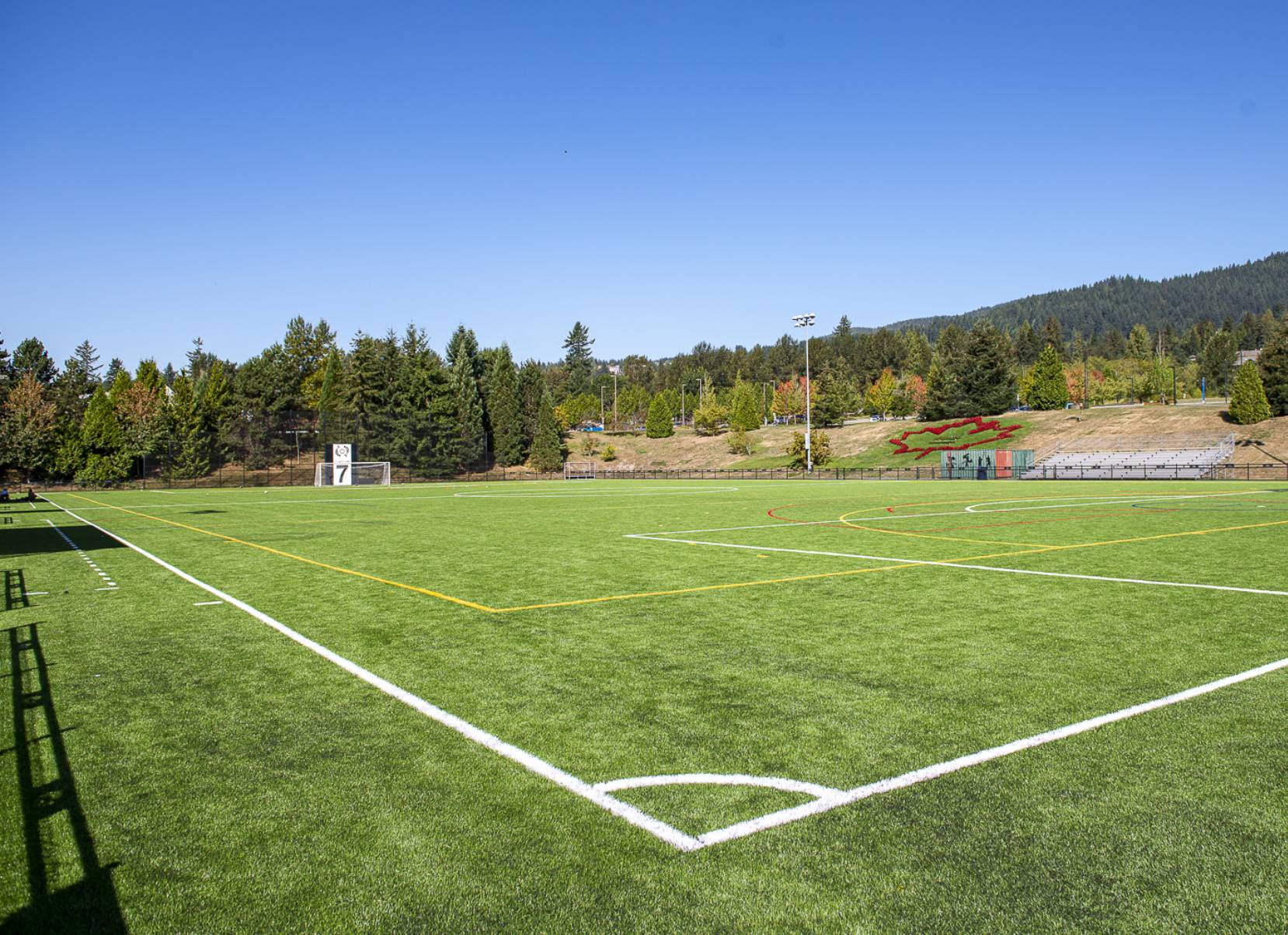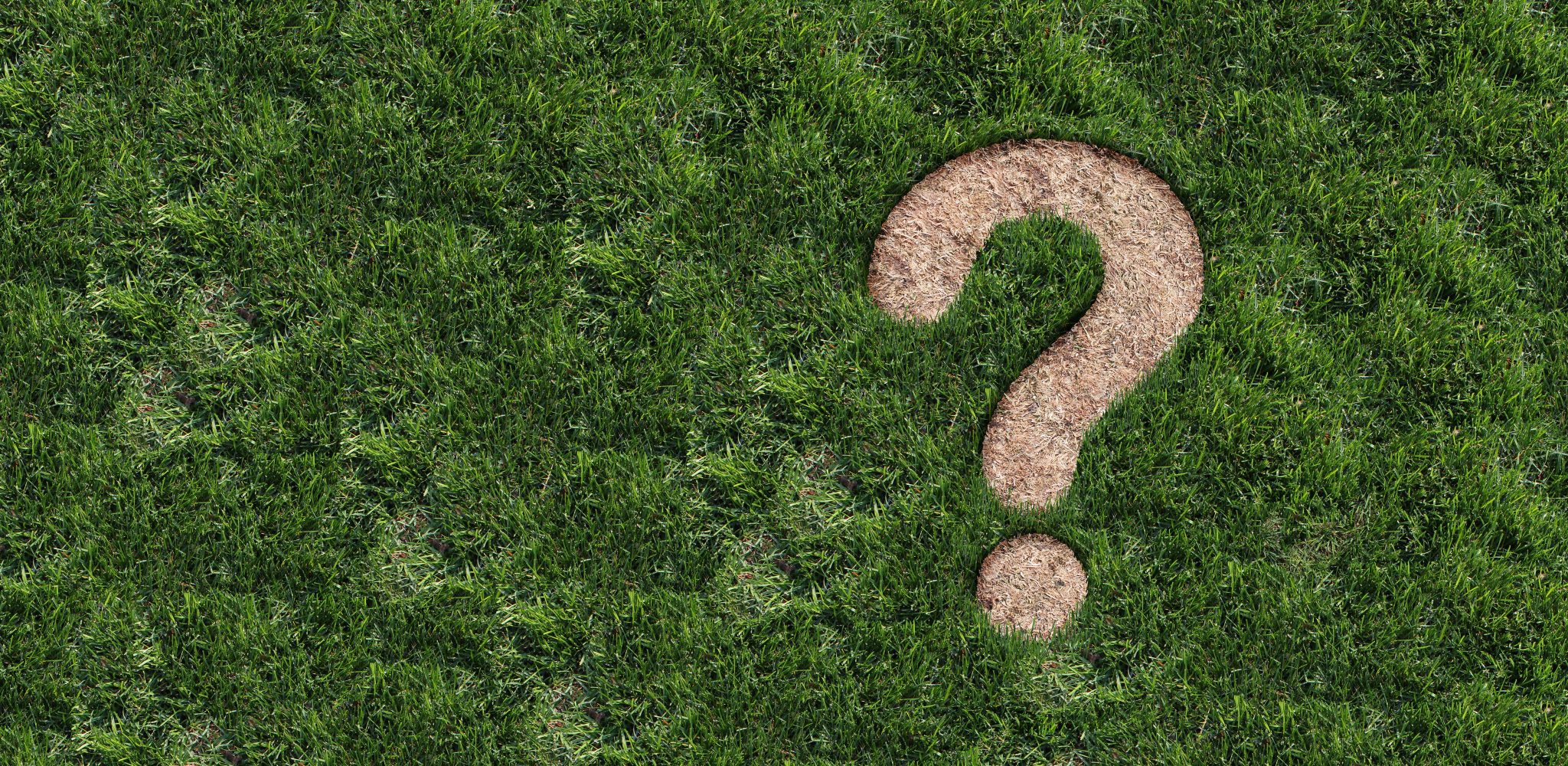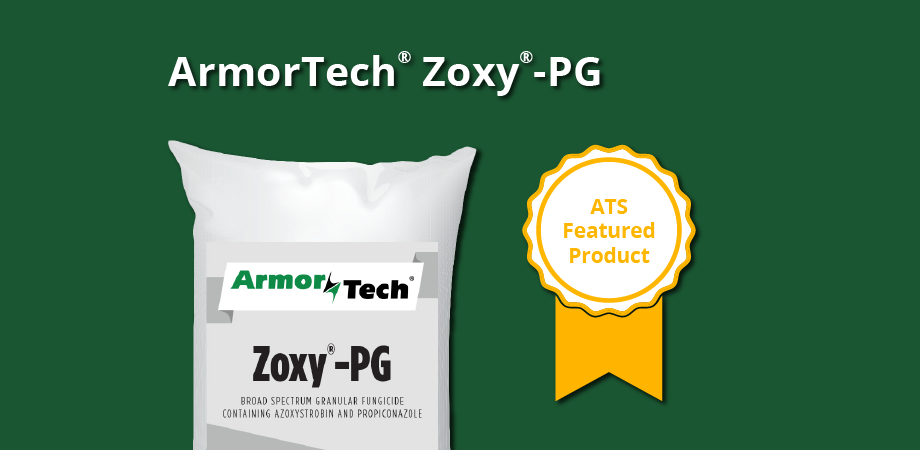There are a lot of things that can cause brown spots in your lawn, which makes it hard to get rid of the unsightly splotches. One cause you may not have considered is bad fertilizing practices. Whether fertilizing too little or too much, an improper fertilization routine can lead to poor results and even dead spots in your lawn.
Fertilizers contain varying amounts of the three macronutrients that plants need: nitrogen, phosphorous, and potassium. Without these, grass blades will become weak and discolored. But too much of these elements can also cause discoloration in your lawn. Overfertilization typically causes grass to turn yellow and then brown before eventually dying if the problem is not corrected.
The quickest way fertilizer will create a brown patch is if it’s accidentally spilled somewhere on your lawn. The result will likely be patches of yellow or brown grass known as “fertilizer burn.” The abundance of nitrogen will be more than the grass needs and will cause damage instead of growth. Additionally, the high salt content in fertilizer will contribute to brown spots by drying out the soil when overapplied. These spots are often surrounded by dark green grass due to the excess nitrogen.
An accidental fertilizer spill isn’t the only way that fertilizer burn can happen. Overfertilization is also a possibility when applications are simply too heavy. In this case, brown spots will be more widespread on your lawn. They can also occur in stripes when the fertilizer spreader overlaps sections of the lawn. At best, uneven applications leave your lawn with varying green stripes.
The risks of overfertilizing bring us to the benefits of slow-release fertilizer. As its name suggests, slow-release fertilizer delivers nutrients over a longer period than quick-release. Rather than supplying the soil for weeks, slow-release fertilizer continues to release nutrients for months after application. This moderate input minimizes the risk of overfertilization, though there are times when quick-release fertilizer is the best choice for your lawn. Slow-release fertilizer also reduces rapid surge growth, makes mowing more manageable, and saves time.
If you have brown spots in your lawn that seem to coincide with your fertilizer applications, that may be the issue. Otherwise, it could be one of a number of other problems causing the brown patches. For information about the most common culprits, check out the other posts in this series.








